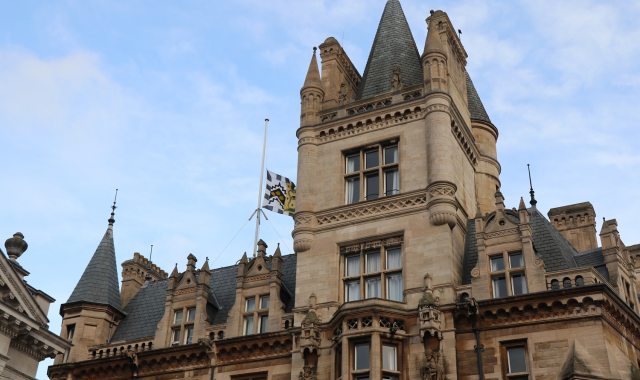History of Art
Cambridge University offers one huge advantage as a place to study the history of art: many of its University and College buildings are works of art in themselves, and its holdings of art of all sorts are famous.
The BA degree of three years exists to teach students about all aspects of art and architectural history using these great resources. The course is based on a first year Part I which acts as a foundation for those without prior training in the subject or consolidates the experience of those who have done the topic at school. Students undertake a survey-like course centred on the splendid collections of the Fitzwilliam Museum, Kettle's Yard and the Colleges. In addition, they study topics concerning the Making and Meaning of Art, and offer a short dissertation on a work of art in Cambridge.
The two-year Part II continues with papers on the theory of art history and the display of art, and with Option Paper teaching which focuses on particular periods, artists, or issues. Final-year students also prepare a dissertation of 7,000-9,000 words. Each part of the course therefore has some assessment based on students' own writing and research.
History of Art at Caius
As a fairly small subject, History of Art is organised very largely at a Departmental level, and for this reason students at different Colleges have basically the same academic experience. Whilst every College has a Director of Studies in the subject, all supervisions, lectures and seminars are organised centrally in the Department. History of Art is in this sense one of the most integrated subjects in the University.
Why apply to Caius? One reason is that College support is still important, and tutorial and library provision particularly so. Caius is a generous College in regard to financial support for, for example, study trips abroad to encounter works of art. It has one of the largest and best-equipped student libraries in Cambridge, with over 90,000 books, of which about 1,600 cover the History of Art and Architecture. At any one time Caius has a small but lively and friendly community of undergraduate art historians, drawn from a variety of backgrounds in the UK, Europe and elsewhere. Caius admits on average 1-2 art historians each year.
Teaching Fellows
Prof. Alexander Marr (Trinity Hall) is the College's Director of Studies in History of Art. Caius also has two Fellows in the subject: Prof. Paul Binski (Emeritus Fellow) and Dr Christina Faraday (Research Fellow).
Admissions
We choose students on the basis of their entire academic record, on interviews and on the History of Art admissions test. Applicants usually have two College interviews, at least one of which will be with two subject specialists. At some point in your interviews we may show you some images to discuss. You can expect to be questioned about your interest in the subject, motivation and knowledge gained so far, so we can find out about your strengths and suitability to the very high standards we expect in Cambridge.
All interviewed applicants sit the History of Art Admissions Assessment. The assessment format is standard to all colleges and consists of a structured comparison of images (60 minutes). Students do not need to register or be registered in advance for the assessment at interview – the Colleges provide details of arrangements in the letters inviting applicants to interview. Please note that your performance in the assessment at interview will not be considered in isolation, but will be taken into account alongside the other elements of your application in general.
At Caius we don’t expect a set ‘formula’ and students with all sorts of backgrounds and training are welcomed and considered. Prior training in the History of Art is not required – but whatever you have done at school, we will want to find out about your interests and ability, and about what you are already doing to find out about your chosen subject, especially if you can’t study it at school. History of Art requires a lot of looking and even more reading and writing.

